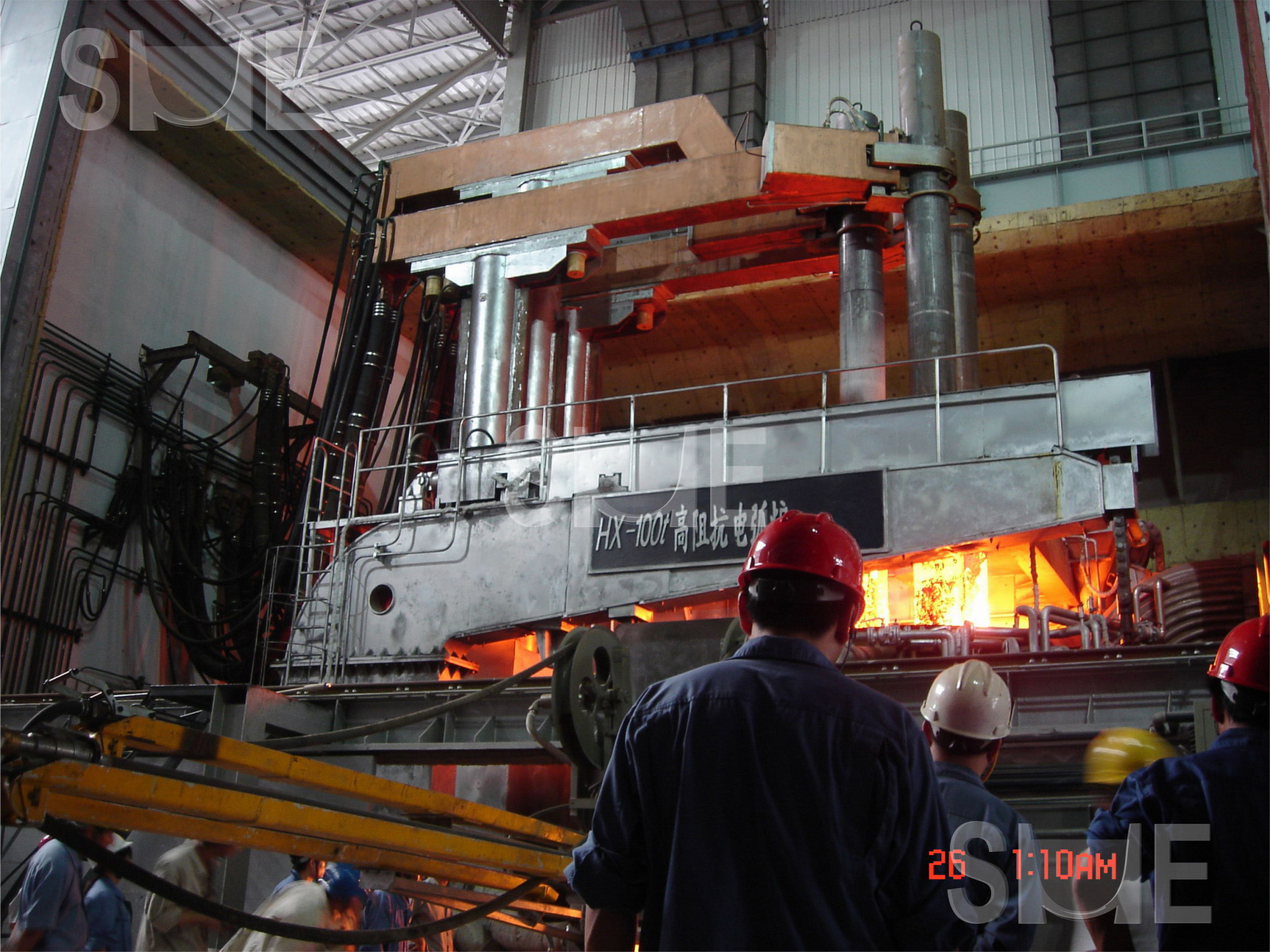Scrap steel is the main raw material for arc furnace smelting. As social scrap steel contains a large amount of Cu, Sn, As, Pb and other harmful elements that are difficult to be removed. Applying some replacements of scrap can helpfully improve this situation, hot metal (pig iron), direct reduction iron (DRI), decarburized iron, iron carbide,composite metal materials, etc.
Some technologies are widely applied by EAF including carbon oxygen gun, secondary combustion, oxygen nozzle technology, furnace gas secondary combustion technology, etc, oxygen supply intensity greatly improved. Correspondingly, it should increase the amount of carbon, the most effective method is to add iron hot metal(pig iron). When large amounts of hot metal to join, it will produce a large number of chemical heat able to be utilized, that electrifying time can be shortened.
Adding molten iron process has the following advantages:
Shorten the smelting period
Thermal efficiency is enhanced
It can dilute the content of harmful impurities in the molten steel
Direct reduction refers to iron ore and iron oxides reduced into metal products at below the melting temperature, generally in shaft furnaces or rotary kilns. According to different products, it can be divided into sponge iron, metallized pellet iron and hot briquetted iron . The production methods includes gas - based direct reduction and coal - based direct reduction.
Adding DRI during EAF production has the following advantages:
There is less harmful impurities P, S, N content, and chemical composition is more stability.
Sponge iron and HBI can be continuously loaded into the furnace, with less power off time and small heat loss.
It is good at making foam slag and can prolong the service life of refractory materials and electrodes of the furnace.

The hot iron out of the blast furnace is quenched by high -pressure water and forms into pig iron pellets (3-10mm). Then it is put into a rotary kiln and heated to a certain temperature for pig iron decarburization.
To use decarburized iron in EAF process has the following advantages:
Content of gangue is 1%-3% lower than that of DRI, it can reduce power consumption.
The content of S and P is low, and the impurity element is lower than that of DRI.
A small amount of FeO on the surface of iron pellets is to benefit on the generation of foamed slag.
Iron ore is sent to a fluidized bed reactor, at certain temperature and pressure it reacts with preheated industrial gases (CO, CO2, CH4, H2, H2O steam) to produce iron carbide.
To add some iron carbide at EAF process has the following advantages:
It is beneficial to the production of low nitrogen steel.
The foam slag is easy to produce even without spraying carbon powder into the molten pool.
Iron carbide is clean and has low sulfur and phosphorus content. That can reduce the cost of desulphurization per ton steel.
Composite metal material is a new charging material used to replace pig iron, pellet ore and scrap steel.
The practice shows that the application of composite metal material can reduce the consumption of oxygen, save energy and shorten the smelting time.
To sum up, the addition of a part of steel scrap substitutes in EAF can make up for the deficiency of scrap and improve the purity of molten steel.